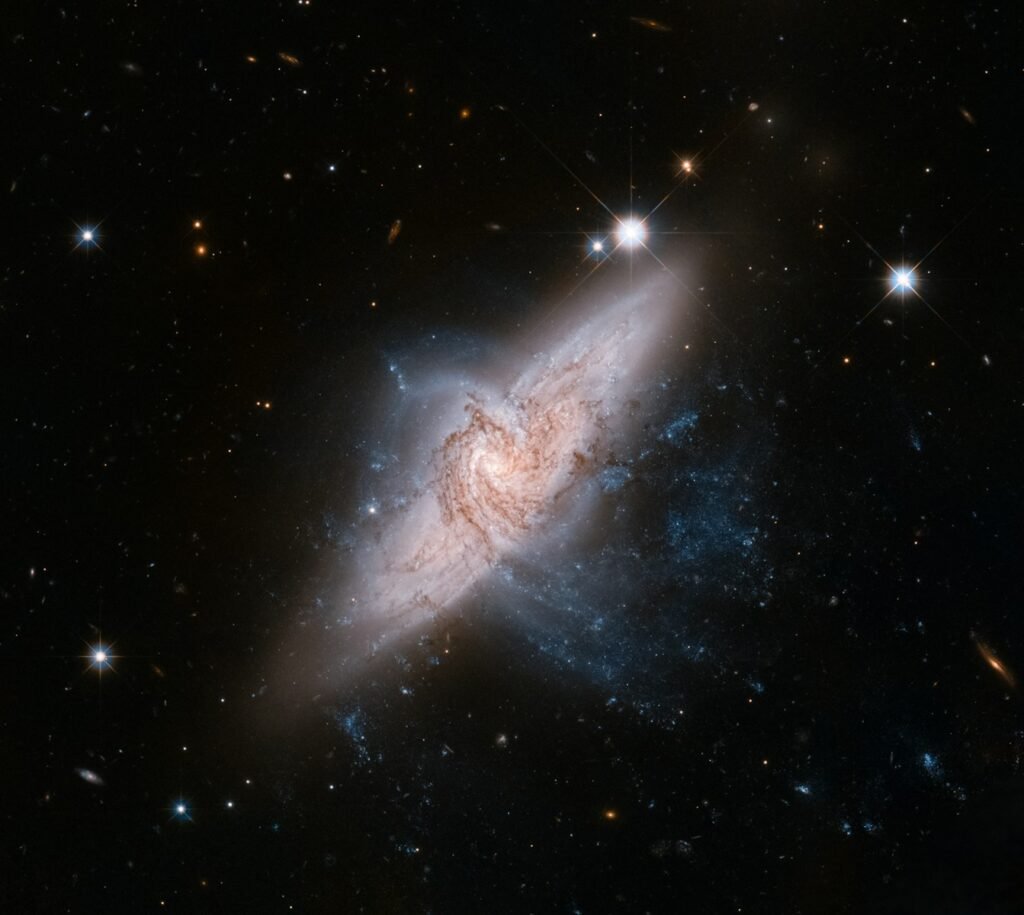Space keeps its secrets with an almost theatrical flair, dangling clues just out of reach while our best instruments strain for more. NASA’s newest observatories have sharpened the picture, yet the picture keeps changing, like a mosaic that refuses to lock into place. From invisible matter sculpting galaxies to a sun that burns hotter on the outside than within, today’s puzzles are bolder, not smaller. Each mystery carries real stakes for technology, navigation, even how we think about life. And as new data lands, the questions grow louder, daring us to look again and admit what we still don’t know.
The Hidden Clues: The Invisible Universe of Dark Matter and Dark Energy
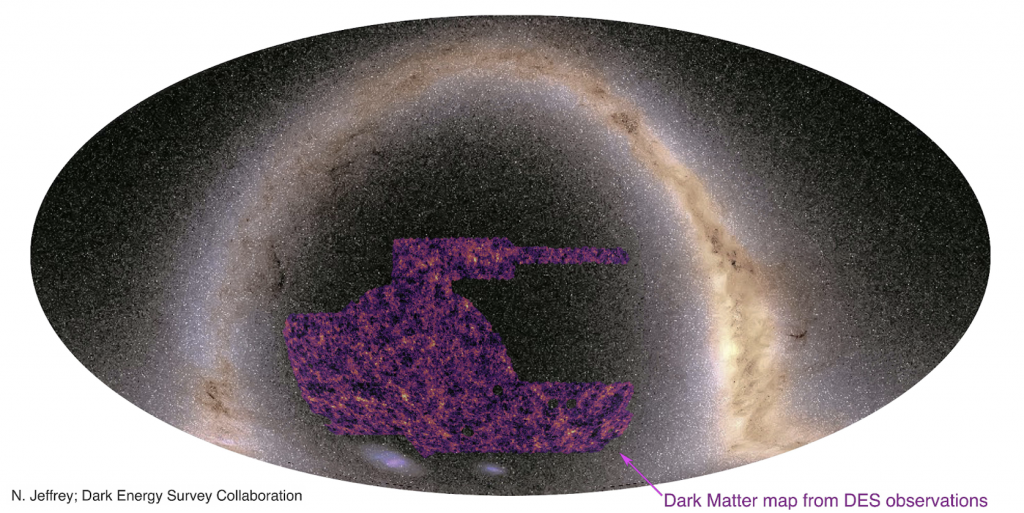
Here’s the unsettling twist: most of the universe appears to be made of stuff we can’t see and forces we don’t fully understand. Dark matter seems to act like a cosmic scaffolding, anchoring galaxies with gravity that ordinary atoms can’t provide, yet no detector on Earth has caught a single confirmed particle. Dark energy is stranger still, apparently driving the universe to expand faster and faster, as if some hidden hand is leaning on the gas. NASA missions that map galaxies and supernovae keep finding the same big picture but not the underlying mechanism. It’s like hearing the orchestra perfectly while never spotting the instruments, and the score keeps adding new notes just when we think we’ve learned the melody.
From Ancient Tools to Modern Science: The Hubble Tension That Won’t Quit

Distances used to be measured by thumb and horizon; today, NASA and partners use pulsating stars, exploding suns, and the afterglow of the Big Bang. Yet two precise methods to measure the universe’s expansion rate refuse to agree, even as uncertainties shrink. Local measurements with space telescopes stack up one value, while early-universe clues from microwave background data insist on another. This disagreement, nicknamed the Hubble tension, hints we’re missing a piece of physics or underestimating subtle systematics. Either way, it’s a blinking red light on the dashboard of cosmology, warning that the engine we thought we understood may have an extra gear.
The Planet That May Be Hiding: A Search at the Edge of Our Solar System
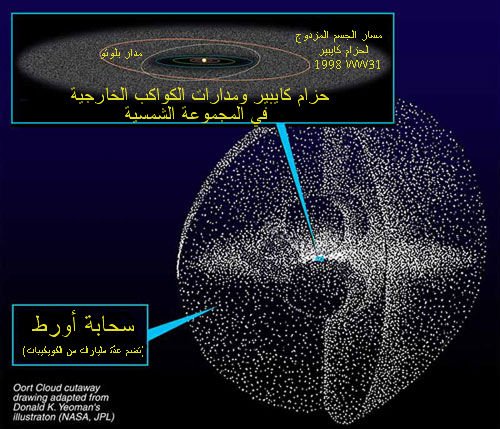
At the solar system’s fringe, orbits of icy bodies appear oddly aligned, as if tugged by something massive lurking in the dark. That “something” could be a yet-undetected Planet Nine, a world many times Earth’s mass on a wild, distant track. NASA-supported sky surveys continue to sweep the deep for a moving point of light, while supercomputers simulate how such a planet would reshape the Kuiper Belt. The evidence is tantalizing but remains circumstantial, like footprints with no sighting of the creature. Until telescopes catch it in the act, Planet Nine sits in the limbo between elegant hypothesis and cosmic mirage.
Whispers in a Thin Atmosphere: Mars’s Methane That Comes and Goes

On Mars, methane should be fragile, quickly broken apart by sunlight, yet rovers have sniffed tiny puffs that appear and vanish. Orbiters flying high often report nothing at the same time, creating a baffling game of hide and seek between ground truth and global view. The source could be geologic, perhaps from ancient trapped gases slowly leaking, or something more exotic tied to reactive chemistry in the soil. Seasonal patterns tease at a story we haven’t decoded, and even the wind’s daily rhythm might be masking signals. For scientists planning future crewed missions, understanding methane isn’t just curiosity; it’s key to mapping active processes in a world we may soon walk.
Cosmic Morse Code: Fast Radio Bursts and Their Many Faces
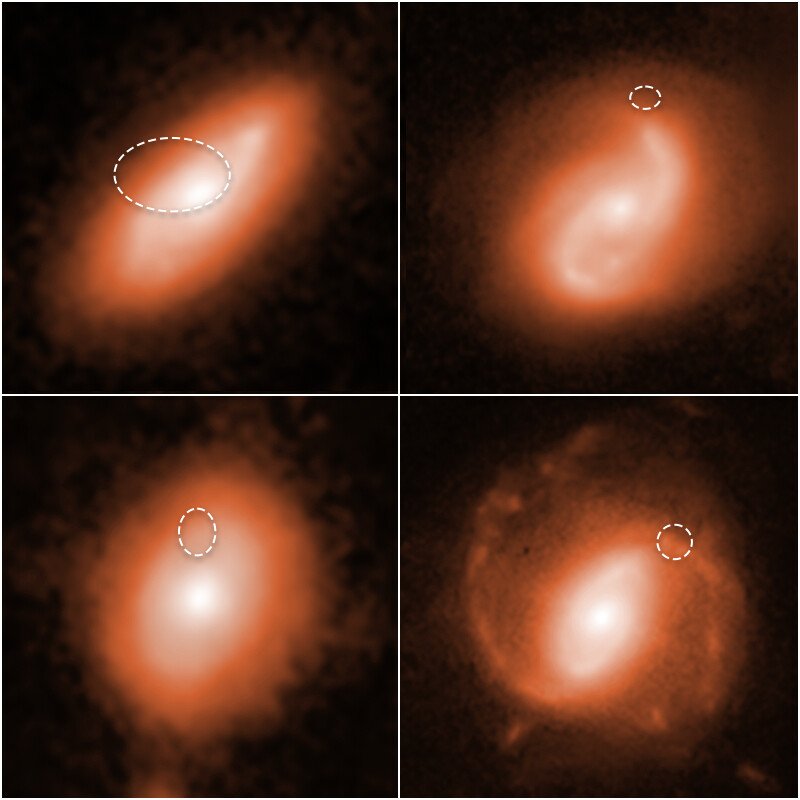
Short, brilliant blasts of radio energy crackle across the sky, some repeating like a heartbeat, others firing once and falling silent forever. Observatories have linked a few to magnetars – neutron stars with magnetic fields so intense they twist space like taffy – yet that can’t explain every burst. NASA’s fleet catches high-energy cousins and aftermaths, adding breadcrumbs without a single, neat recipe. The population looks diverse, suggesting multiple engines, environments, and cosmic trigger events. It’s the kind of problem where every answer opens two more doors, a riddle that multiplies even as we cross off possibilities.
Fire That Shouldn’t Burn So Hot: The Sun’s Superheated Corona

The surface of the Sun is blistering, but its outer atmosphere – the corona – soars to temperatures that defy basic expectations. Think of warming your hands near a campfire only to discover the air beyond the flames is hotter than the coals. NASA’s Parker Solar Probe keeps diving closer, tasting streams of particles and magnetic switchbacks that could be part of the heating puzzle. The data hint that tangled magnetic fields snap and reconnect, dumping energy into the corona with sudden, invisible whips. Still, we don’t have the full playbook, and until we do, predicting space weather will feel like guessing the wind by watching waves alone.
Why It Matters
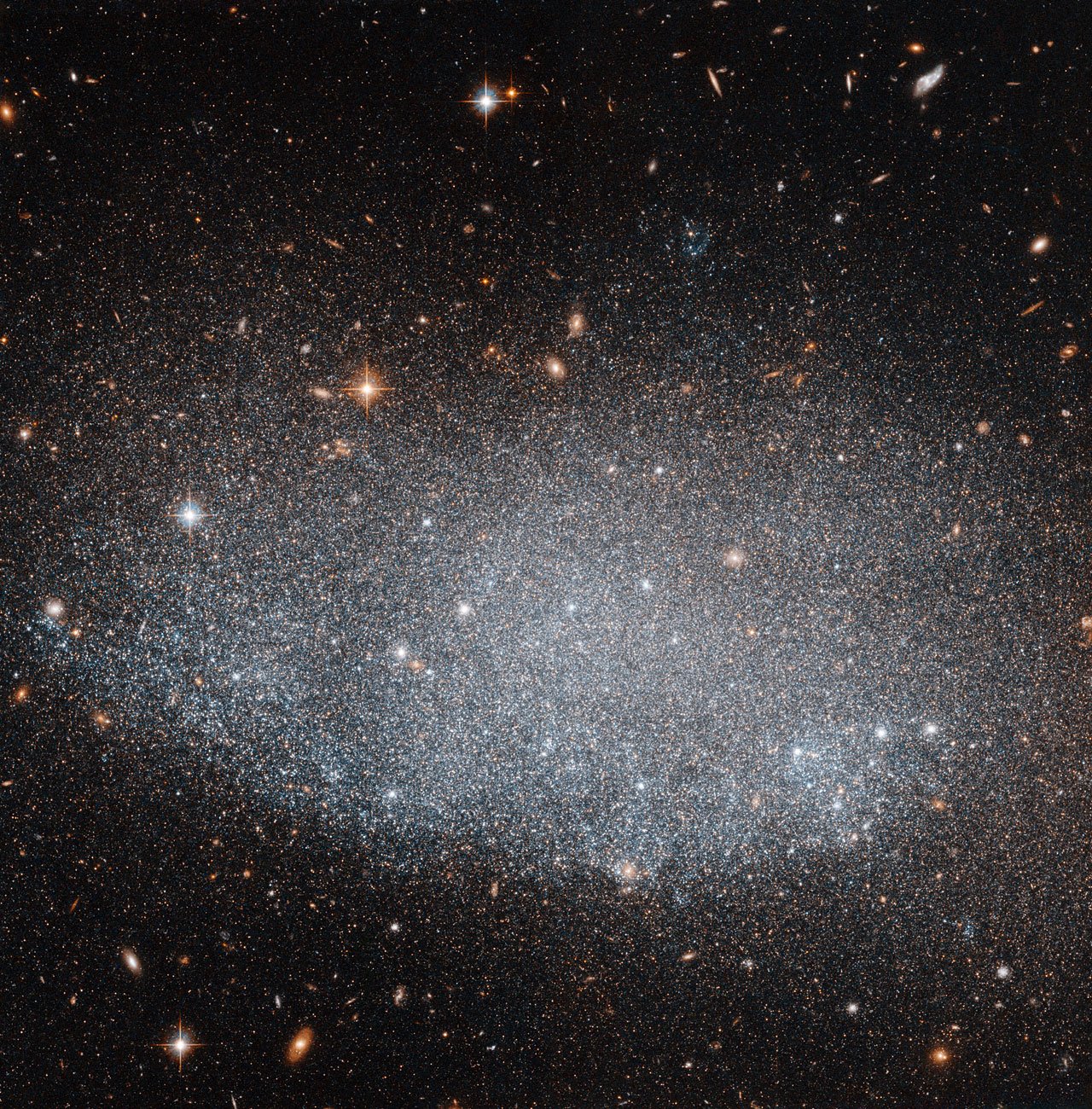
These mysteries aren’t trivia for trivia’s sake; they shape the tools we build and the risks we face. If dark matter is a new kind of particle, it could spark detectors, materials, and algorithms that spin into medical imaging or security. If the Hubble tension signals new physics, our models of time, gravity, and the early universe may need a renovation, with knock-on effects for everything from GPS calibration to deep-space navigation. Solar physics feeds directly into satellite safety and power grid resilience, because a bad forecast can mean real damage at Earth. And Mars methane touches the perennial question of habitability, guiding where we drill, what we sample, and how we protect potential ecosystems from contamination.
- Roughly about five sixths of cosmic mass-energy is “dark,” inferred from gravity and expansion rather than direct detection.
- Space weather events can disrupt communications, navigation, and power systems on a global scale.
- Finding or ruling out Planet Nine reshapes our story of how the solar system assembled and migrated.
The Future Landscape
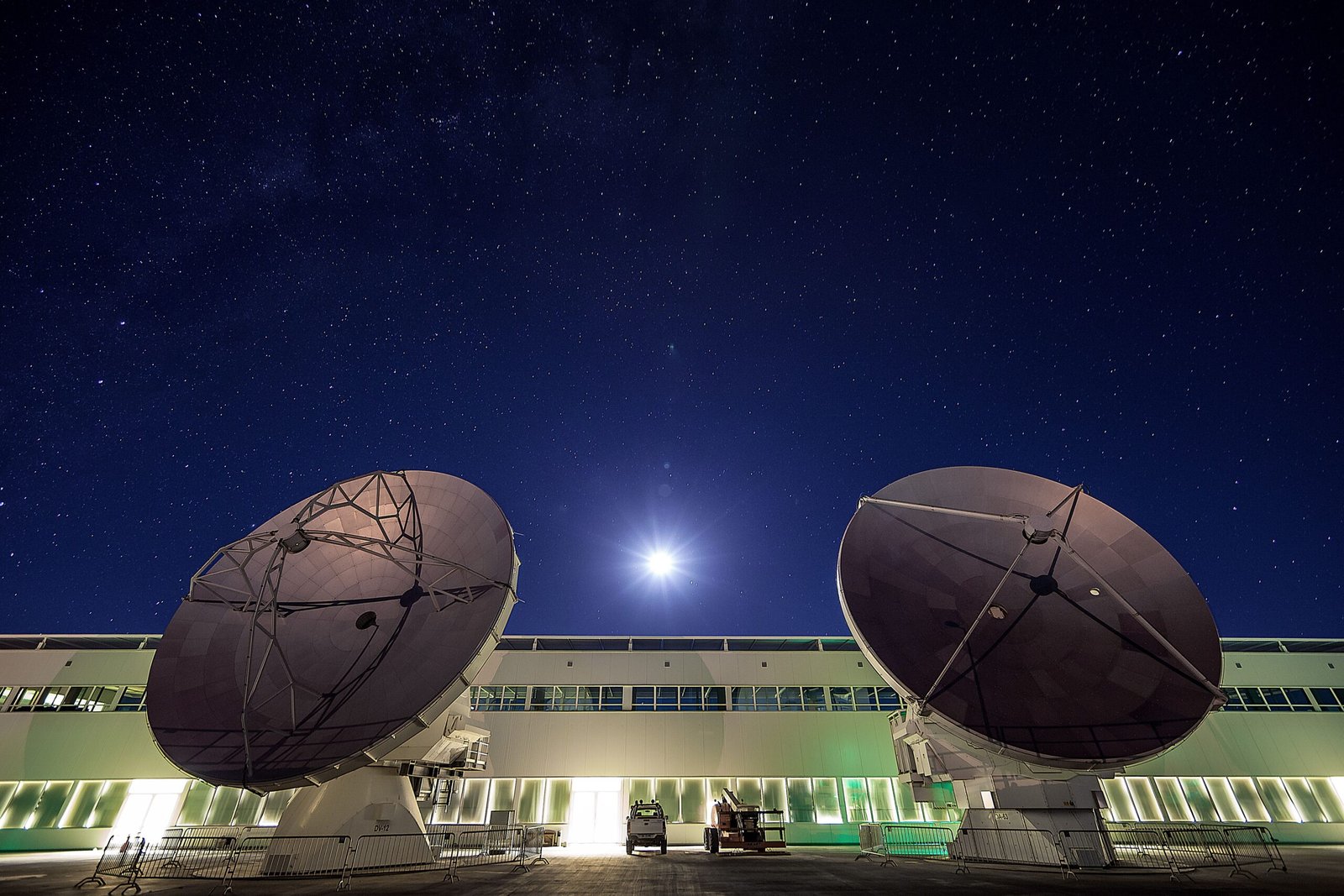
New surveys will map billions of galaxies, timing their dance to isolate dark energy’s push while hunting subtle imprints of dark matter. Spacecraft edging toward the Sun will push closer to the engine room of the corona, where magnetic chaos and particle storms are born. On Mars, next-generation instruments aim to track gases hour by hour and season by season, pairing atmospheric chemistry with subsurface sensors for context. Ultra-wide radio arrays plan to triangulate fast radio bursts in real time, tying each signal to a host galaxy and local environment. And out in the cold, deeper wide-field imaging will keep combing the sky for the slow, telltale drift of a hidden giant.
Conclusion
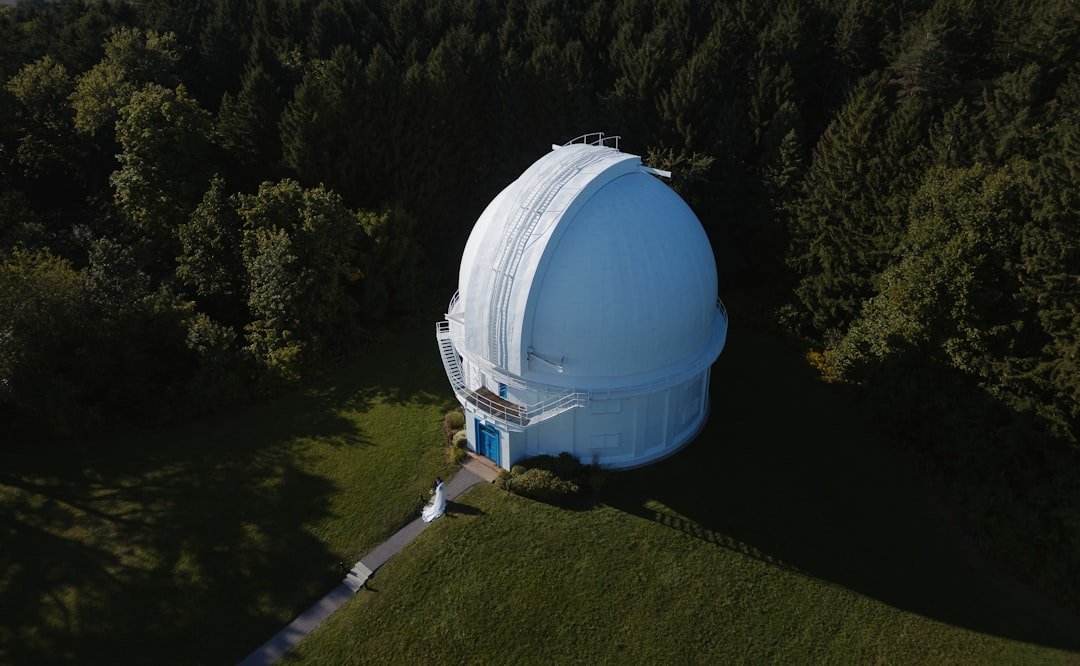
Curiosity scales: you don’t need a mission patch to take part. Follow open data releases from NASA and partner observatories, explore citizen-science projects that classify galaxies and transients, and share what you learn with a classroom or community group. Support science literacy locally by backing libraries, planetariums, and school clubs that turn big questions into hands-on experiments. If you can, advocate for sustained investment in space weather forecasting and planetary protection, because these safeguards matter on ordinary Tuesdays. I still remember the first time a backyard telescope showed me Saturn’s rings – small, shaky, unforgettable – and it reminded me that discovery often starts with simply looking up.

Suhail Ahmed is a passionate digital professional and nature enthusiast with over 8 years of experience in content strategy, SEO, web development, and digital operations. Alongside his freelance journey, Suhail actively contributes to nature and wildlife platforms like Discover Wildlife, where he channels his curiosity for the planet into engaging, educational storytelling.
With a strong background in managing digital ecosystems — from ecommerce stores and WordPress websites to social media and automation — Suhail merges technical precision with creative insight. His content reflects a rare balance: SEO-friendly yet deeply human, data-informed yet emotionally resonant.
Driven by a love for discovery and storytelling, Suhail believes in using digital platforms to amplify causes that matter — especially those protecting Earth’s biodiversity and inspiring sustainable living. Whether he’s managing online projects or crafting wildlife content, his goal remains the same: to inform, inspire, and leave a positive digital footprint.

